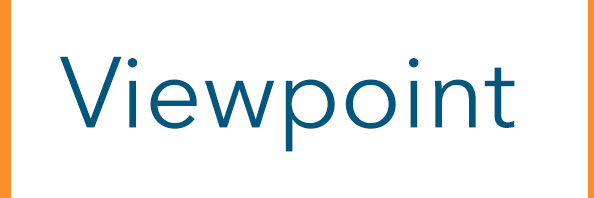During the Covid pandemic, Montgomery College in Maryland saw something unprecedented.
Students had always been able to take classes at any of the college’s three campuses. To avoid long commutes through one of the nation’s largest and most diverse counties, nearly all Montgomery College students scheduled their classes at one campus. During and immediately after the pandemic, however, the college saw that students were signing up classes on all three campuses thanks to the college’s new hybrid and online modalities.

The lesson was clear. Once geography was removed from the equation, the widespread availability of remote instruction allowed students unprecedented flexibility to schedule courses for the times they needed and with the professors they preferred. Montgomery College, which is part of the Achieving the Dream reform network, had been working on scheduling improvements for years, but the pandemic made it apparent that it needed to accelerate its efforts.
The larger takeaway here isn’t that all classes should be remote. It’s that any discussion of scheduling must consider increased access and flexibility. When designing course schedules, colleges must view their work through a student and equity lens and strive to make their institutions truly more student-centered.
Analyze data
Traditionally, course scheduling is about efficiency. It’s about offering classes at the right times and in the right sequence so students can make efficient progress toward their degrees. It’s about making efficient use of faculty time and classroom space. But course scheduling must balance multiple and often conflicting issues: faculty availability, class sizes, space utilization, program requirements and student preferences.
What has made scheduling more difficult today is that many college students aren’t young adults able to come to campus on weekdays between 9 and 5. Nearly 40% of today’s college students are 25 and older, and many of them have jobs. A recent Ad Astra survey found that 86% of two-year colleges and 63% of four-year universities primarily serve working students. These working learners are more likely to be students of color, older students and students from under-resourced families. They’re more likely to be part-time students whose persistence and graduation rates trail those of their full-time counterparts.
Sound course scheduling practices can help close these gaps. It starts with collecting and analyzing the right data.
It’s encouraging that nearly all institutions in a recent survey conducted by the American Association of Collegiate Registrars and Admissions Officers said they measure the effectiveness of their undergraduate class schedules. But only 40% disaggregate this data by different student populations. And only 4% do so based on Pell eligibility. Different populations of students need different things from course schedules. Only by analyzing data along multiple measures can institutions discover those needs.
Montgomery College’s data shows gaps among different demographic groups in gateway course completion, first-to-second-year retention and graduation. These aren’t race-neutral problems, so institutions shouldn’t look for race-neutral solutions.
Innovative approaches
Institutions must examine their course scheduling through a student lens, which means making scheduling more predictable and classes more accessible. Colleges have gotten much better about building guided pathways that show the direct routes to credentials.
But students — especially part-time and working learners — often progress down these pathways one or two classes at a time. Those classes must be scheduled and completed successfully so there can be progress. If a college doesn’t offer a particular class when a student needs it, that student might go to another institution — which can cost time, money and prior credits — or stop out.
Colleges can support these students by publishing schedules for the entire academic year. Students don’t schedule work or childcare in one-semester increments. By letting students know well in advance when classes will be available, institutions can help students plan better and stay on track toward their academic goals.
Other institutions that are part of the ATD Network have made scheduling work for themselves and their students:
Odessa College in Texas, a long-time leader in the scheduling space, saw in-class retention rates improve by 12 percentage points after pinpointing classes with high withdrawals and coaching instructors on how to improve their relationships with students. Two years after introducing eight-week courses, Odessa saw a 13% increase in credentials awarded.
At Amarillo College in Texas, data analysis revealed it was losing significant numbers of students after the 10th week of each 16-week semester. After implementing Odessa College’s approach to shortened academic terms, Amarillo saw immediate improvements in persistence and graduation rates, especially among Black and Hispanic men, after it adopted a similar structure.
Coahoma Community College, a historically Black college in Mississippi’s Delta region, realized that fewer than half of its students were scheduling a required orientation class during their first semester. It redesigned orientation as an eight-week course that focused on connecting students to campus resources. Because student feedback was positive, Coahoma now uses this shorter course model so students can take developmental classes sequentially.
Stability is the goal
With so many competing demands, it’s impossible to design the perfect schedule. But it is possible to use data disaggregated by multiple demographic measures to design schedules that better serve the needs of more students. It’s also possible to adopt a continuous improvement model that builds better schedules as student needs evolve.
Predictability can lead to stability — and stability is exactly what so many adult learners need to persist, graduate and go on to the lives and careers they envisioned for themselves when they enrolled.
* * *

John Hamman is chief analytics and insights officer at Montgomery College (Maryland).
Monica Trent is chief program and network officer of Achieving the Dream.

